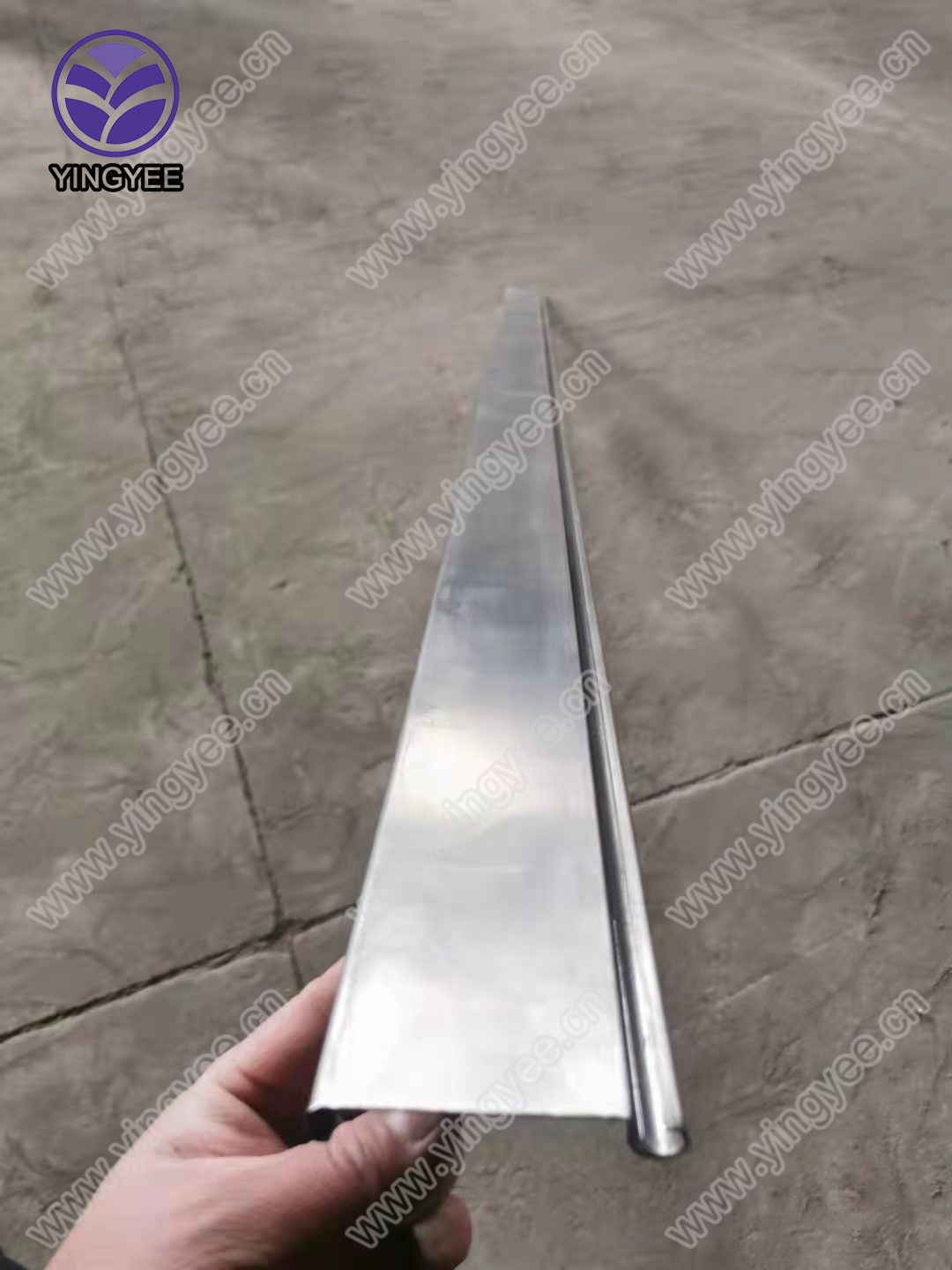
The Evolution and Functionality of Composite Floor Deck Cold Bending Machines
Composite floor decks play a crucial role in modern construction, providing both strength and efficiency. The process of shaping these decks has been revolutionized by the advent of the cold bending machine. Understanding how these machines operate and their significance in the construction industry is essential for professionals in the field.
Cold bending machines are designed to shape composite floor decks without the need for heating, which preserves the material’s integrity and physical properties. The use of cold bending technology offers numerous advantages over traditional bending methods. For instance, it minimizes the risk of thermal distortions and maintains the structural characteristics required for high-performance applications.
The operation of a composite floor deck cold bending machine involves several key components a feed mechanism, bending rollers, and a control system. Initially, the machine feeds the composite material through the rollers, where it is subjected to a precise amount of pressure. The bending rollers are engineered to provide optimal curvature based on specific design parameters, ensuring that the final product meets the required specifications for load-bearing and resilience.

One of the most notable benefits of using cold bending machines is the reduction of material waste. Traditional bending techniques often result in scrap materials due to miscalculations and the need for reworking. However, with advanced cold bending technology, manufacturers can achieve highly accurate bends on the first attempt. This efficiency translates to cost savings and a more sustainable manufacturing process.
Another significant advantage of composite floor deck cold bending machines is their versatility. These machines can accommodate a wide range of composite materials, including steel and fiberglass-reinforced plastics. This adaptability allows for innovation in architectural design, enabling engineers and architects to create complex shapes and structures that were previously unattainable.
Moreover, advancements in automation have made modern cold bending machines user-friendly and efficient. With integrated software controls, operators can easily program specifications for various designs, significantly reducing setup times and increasing productivity. This technology also enhances precision, ensuring the consistency of each piece manufactured.
In conclusion, composite floor deck cold bending machines represent a significant advancement in the construction industry. Their ability to shape materials accurately and efficiently without compromising structural integrity has made them indispensable in the design and creation of modern buildings. As technology continues to evolve, we can expect further enhancements to these machines, leading to even greater efficiency and sustainability in construction practices. The future of building design looks promising with the ongoing innovation in machinery and techniques that drive our industry forward.